Home »
Misc »
How to clean an outdoor basketball
How to clean an outdoor basketball
How to Clean a Basketball
A basketball is usually exposed to all kinds of dirt and bacteria due to the amount of wear and tear it receives while being used. Cleaning it will save you from playing with a dirty basketball and can also increase your basketball’s lifespan.
The process of cleaning a basketball may differ depending on the material it is made of and you should be careful in how you approach cleaning a ball until you are aware of the proper techniques based on the material of your ball. In this article, we are going to take a look at the different methods you can follow to make your basketball look as good as new. Let’s dive right into it, shall we?
Quick Navigation
Materials Used in Making BasketballsBasketballs are made from synthetic leather, natural leather, and rubber. The Spalding Official NBA basketball and Wilson Evolution Ball are examples of quality natural leather basketballs. Some of the most common synthetic leather basketballs are the BMGX basketball and the Wilson NCAA Wave Microfibre Composite Basketball.![]()
Knowing the material of your ball is important, not only in cleaning it but in using them correctly. You would not want to use a quality leather indoor ball on a playground as it would crack and break down.
Things to Be Aware of When Cleaning a Basketball
- To prevent corrosion of the material used in making a basketball, you should not soak it in water or detergent.
- Do not use any dryers that emit high-temperature heat. Use a cloth to dry off your basketball.
- Strong detergents should be avoided.
- You should not clean your basketball while it’s deflated.
Cleaning a Rubber basketball
Even though rubber basketballs get dirty very quickly, they are very easy to clean. Follow these steps to clean your basketball:
- Fill a bucket with warm water.
- Add some detergent and mix the water thoroughly.
- Take a soft cloth, dip it in water and scrub the surface of the basketball lightly to get rid of the dirt.
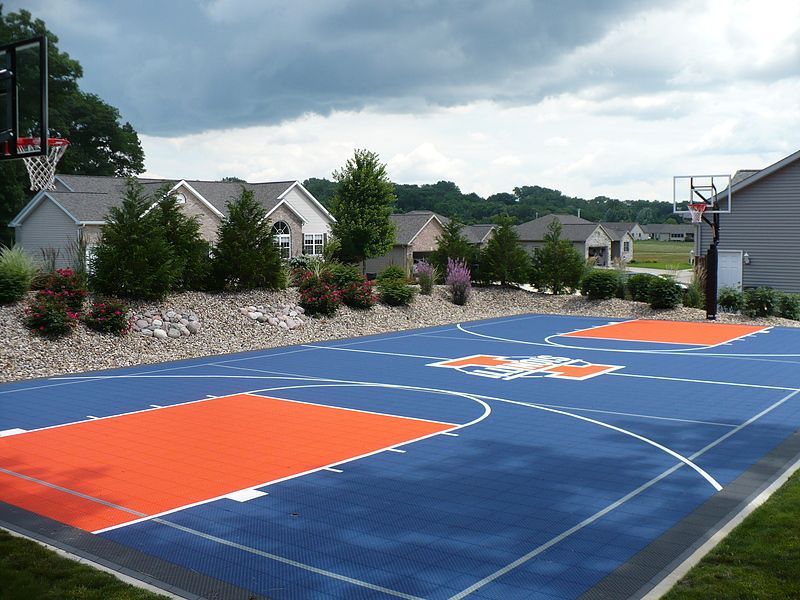
- Repeat the process but use more force when scrubbing the surface the second time.
- Make sure you have cleaned it thoroughly especially the textured surface.
- Rinse it with clean warm water.
- Use a dry cloth to wipe excess water from the ball’s surface.
Cleaning a Synthetic Rubber Basketball
Synthetic leather basketballs are mainly used in outdoor courts. Cleaning them may require you to be a little bit keen.
- Fill a bucket with warm water and add some detergent.
- Rinse the basketball for about thirty minutes.
- Using a clean cloth, apply soap on the basketball’s surface.
- Rub the cloth over and over again until the dirt disappears and the surface becomes non-sticky.
- If you still notice some small patches of dirt on the surface, use some elbow grease to get rid of those patches.
- Synthetic rubber basketballs are used in outdoor courts and they can have some nasty stains, which might give you a headache while cleaning.
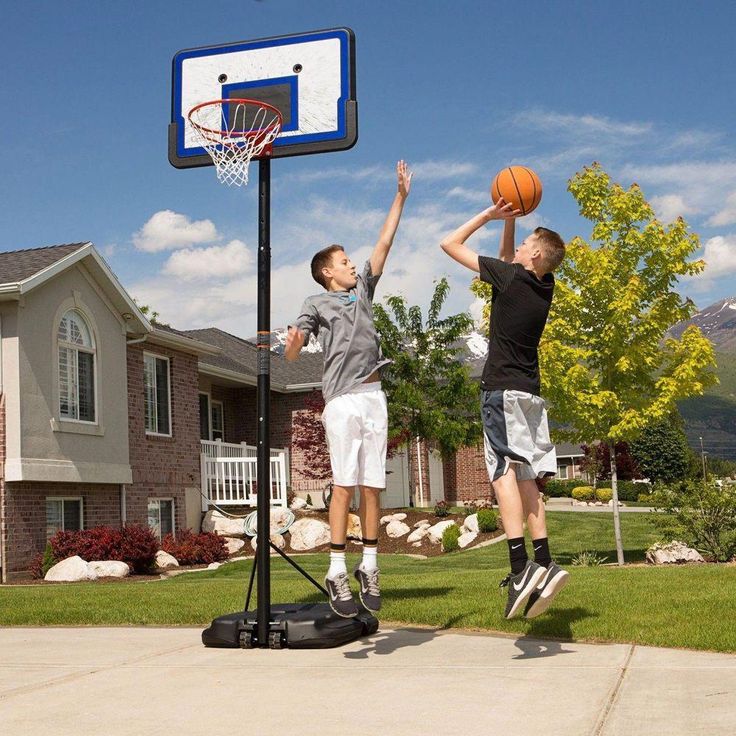 You can use leather synthetic leather cleaner to get rid of those stains.
You can use leather synthetic leather cleaner to get rid of those stains.
Cleaning a Natural Leather Basketball
Basketballs made from leather are easy to clean because there are many leather cleaners in the market that ease up the process. Basketballs covered with mud should be rinsed first in warm water before using leather cleaners on them.
- Put enough leather cleaner in a container.
- Use a clean cloth to apply some of it on the basketball’s surface.
- Rub the surface gently for a nice polish.
- Use a dry cloth to wipe the surface of the basketball.
- Store the basketball in a cool and dry place when you finish cleaning it.
Taking Good Care of Your Basketball
- Keep your basketball away from direct sunlight. Store it in a cool and dry place.
- To make your basketball look new, apply some wood polish on the surface.
- Having more than one basketball will be convenient for you because you can switch them when cleaning one.

Final Thoughts
Cleaning a basketball is an easy task. Your basketball will look new after being cleaned and this boosts your confidence. Not to mention, cleaning a basketball keeps off harmful diseases and infection from affecting you. Each ball should be cleaned in its own unique manner depending on the material it is made of.
If you have any other thoughts about this topic, let us know in the comment section below.
How to Care for Your Basketball
Skip to content
Cared for correctly, your basketball should survive years’ worth of drives down the floor and highlight reel-worthy shots. Learn how to extend your basketball’s durability and lifespan with these helpful tips.
Every basketball player knows you have to get a good grip on the ball. But having a good grip on how to take care of it might be just as important. A basketball that is properly cared for can last much longer than one that isn’t and can be key in the success of your game. With that in mind, use these five tips to avoid common fouls that could affect your basketball’s lifespan.
With that in mind, use these five tips to avoid common fouls that could affect your basketball’s lifespan.
HAVE THE BALL IN THE RIGHT COURT Leather may have a reputation for being tough, but a leather basketball should be handled with care. Basketballs made with leather are meant for indoor courts only. Surfaces like gravel and concrete can cause damage to your ball by tearing the material apart or flattening the raised surfaces which, over time, can destroy the grip of the ball. When transporting a leather ball outside, it may be tempting to dribble it, but this is one time you will find yourself in trouble if you don’t carry.
Basketballs made of rubber or synthetic materials are better suited for rough outdoor surfaces and will be at less risk for the same type of damage. Using the right type of ball for the court you’re playing on will go a long way in preserving the life of your ball.
DON’T LET THE DUST SETTLE It’s much easier to clean the glass if you clean your basketball first.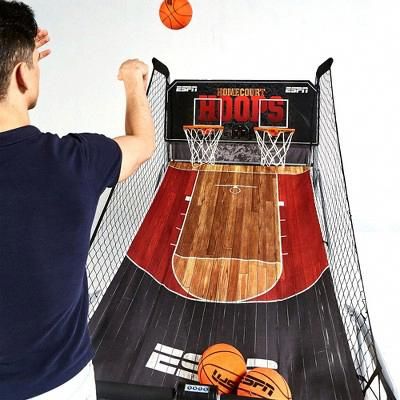 Over time, dust and dirt can make their way into the crevices of your ball. Left untouched, the dust will make your ball slippery – which means passing, shooting and dribbling will be harder. To avoid this, frequently give your ball a quick once-over with a towel.
Over time, dust and dirt can make their way into the crevices of your ball. Left untouched, the dust will make your ball slippery – which means passing, shooting and dribbling will be harder. To avoid this, frequently give your ball a quick once-over with a towel.
For a more in-depth cleaning of a leather basketball, you can use a rag dipped in a mixture of water and mild detergent or leather shampoo. But be sure to dry it immediately with an unsoiled towel. Leaving a leather ball wet could destroy its surface.
You can be a little more lenient with your cleaning of rubber and synthetic balls, but as with leather models, do not leave them in damp conditions for long.
AVOID BRAVING THE ELEMENTS If you expose your basketball to the elements for too long, eventually they will expose your basketball. Rain or shine, hot or cold, neither indoor or outdoor basketballs should be left outside in extreme conditions. Any type of wetness can ruin the quality of your ball and make it lose its grip.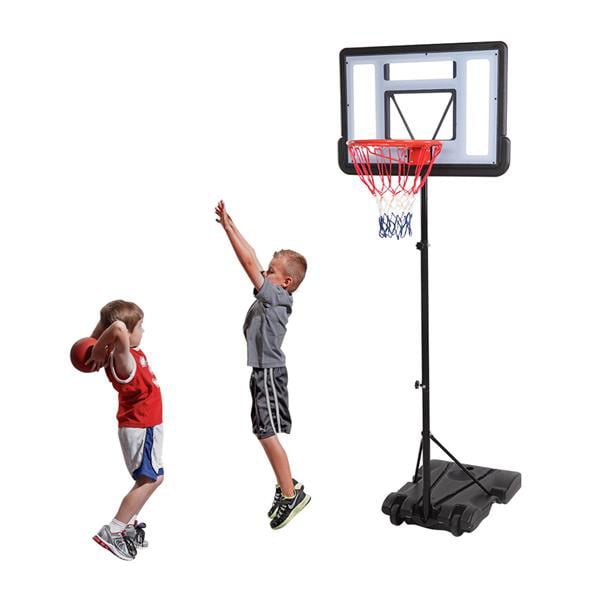 Severe temperatures can also warp the shape of your ball and affect performance. Even leaving your ball exposed to sunlight can cause it to change colors.
Severe temperatures can also warp the shape of your ball and affect performance. Even leaving your ball exposed to sunlight can cause it to change colors.
GET SOME AIR The backboard isn’t the only sweet spot basketball players should focus on. There’s also a sweet spot in terms of air pressure. A general rule of thumb for checking air pressure is to hold the ball above your head and drop it. If it bounces back to about chest height, you’re good to go.
Playing with an over-inflated basketball or pumping it too fast can increase the chances of your ball forming lumps. If you slam an over-inflated ball on the ground or bounce it against the wall, it can increase the chances of the tearing. Meanwhile, an under-inflated ball can be nearly unplayable.
KEEP THE ROCK AWAY FROM A HARD PLACE Be mindful of your surroundings while both playing with and storing your basketball, since other objects can cause damage or alter the shape of your ball. If you’re playing outside, try to keep a barrier around the court to avoid anything the ball can potentially ricochet into. Sharp objects can puncture the ball and bodies of water can cause damage.
If you’re playing outside, try to keep a barrier around the court to avoid anything the ball can potentially ricochet into. Sharp objects can puncture the ball and bodies of water can cause damage.
Store your basketball in a cool, dry place, like a basketball bag. Be sure that nothing is on top of it or pushing on it from any direction. This can change the shape of your ball. Even leaving your ball on a rack for too long may cause it to become ovular rather than round.
Whether you’re looking to casually play in your driveway or train for the big time, taking care of your ball could help you reach the top of your game. These tips can give you the assist in maintaining your basketball’s longevity for years of quality play.
Related Articles
How to choose a basketball?
Basketball is a fast and dynamic sport. To enjoy the gameplay, you need to buy high-quality inventory. Basketball equipment is presented in a wide range. Many well-known brands are engaged in the manufacture of balls for this sport. Which option to choose? Consider the main criteria.
Which option to choose? Consider the main criteria.
Types of basketballs
One of the most important selection criteria is the purpose of the ball. With this, you need to start looking for a suitable projectile, we will start with this, in total there are three types:
- for the hall;
- for the street;
- universal.
The Indoor Basketball has excellent grip on parquet. Made from nat. leather or synthetics. Professional athletes choose models with a composite coating. Microfiber provides a comfortable grip. The material muffles impacts during the dribble. It is forbidden to play on asphalt sites, as in such conditions the projectile will very quickly lose all its qualities.
For the open field (outdoor) use shells made of synthetic raw materials. This composition makes them extremely resistant to wear. Additional surface treatment enhances grip. The ball is easy to control.
Universal projectiles are made of rubber.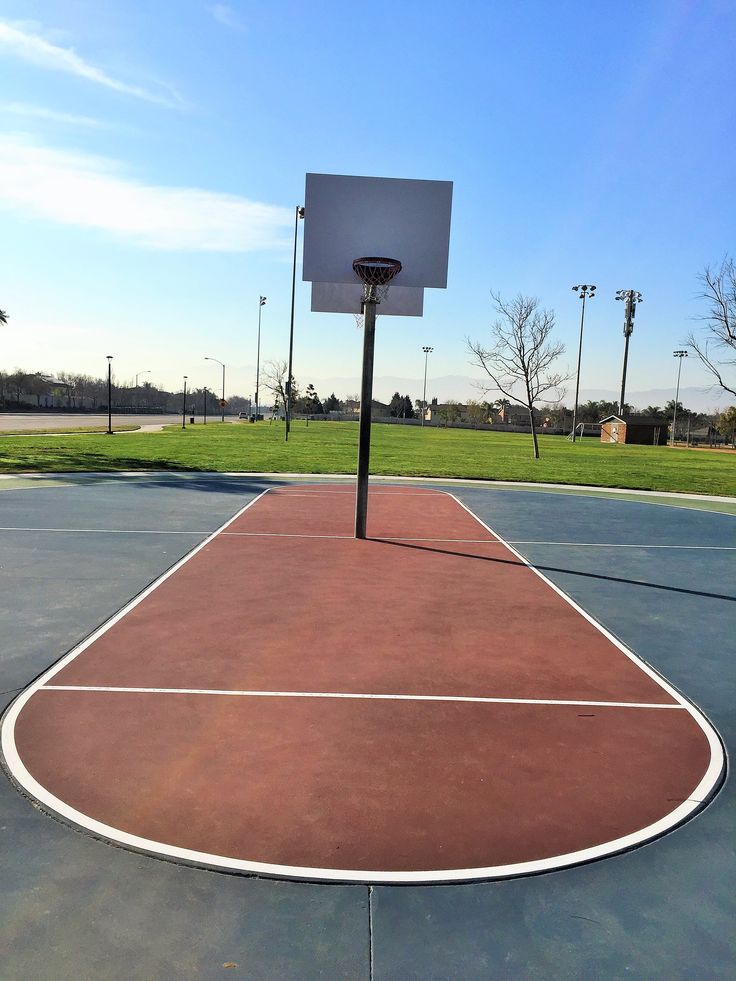 It is resistant to wear, behaves normally on parquet and can serve for quite a long time on open street areas. Some are covered with synthetic or composite materials. Manufacturers produce goods for sites with a smooth, wooden, rubber coating.
It is resistant to wear, behaves normally on parquet and can serve for quite a long time on open street areas. Some are covered with synthetic or composite materials. Manufacturers produce goods for sites with a smooth, wooden, rubber coating.
How to decide on the material
To understand how to choose a basketball, take into account the raw materials used in production. Durable versatile basketballs are made from artificial materials. Many professional indoor balls are made from composite leather.
Genuine leather is considered the best material for the hall. The leather ball is an essential element of any professional basketball tournament. If you see the marking “Supreme Leather” on such a ball, then the manufacturer used premium leather.
Quality check
The first evaluation method is rebound. A correctly inflated ball will bounce to a height of approximately 130 centimeters. There is an alternative way. Raise the professional ball to head level, and then release it. He should bounce to the waist. Look at the quality of the nipple.
He should bounce to the waist. Look at the quality of the nipple.
Do not sit on it or kick it to keep its original shape. Careful use preserves the correct rebound during the dribble. Elasticity is another indicator of quality. The ball must not become soft after a short play. Pump up periodically, but use only a special nozzle, and not a football needle.
Size
What size basketball should I buy? It all depends on the specifics of use. Marking No. 7 - the largest ball is intended for competitions of men's teams. The table shows absolutely all existing sizes:
Size